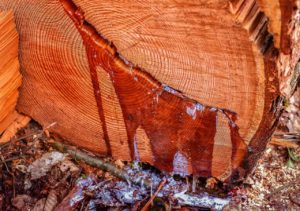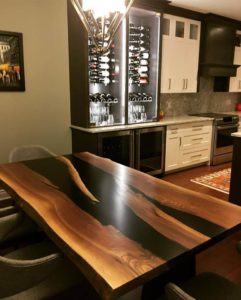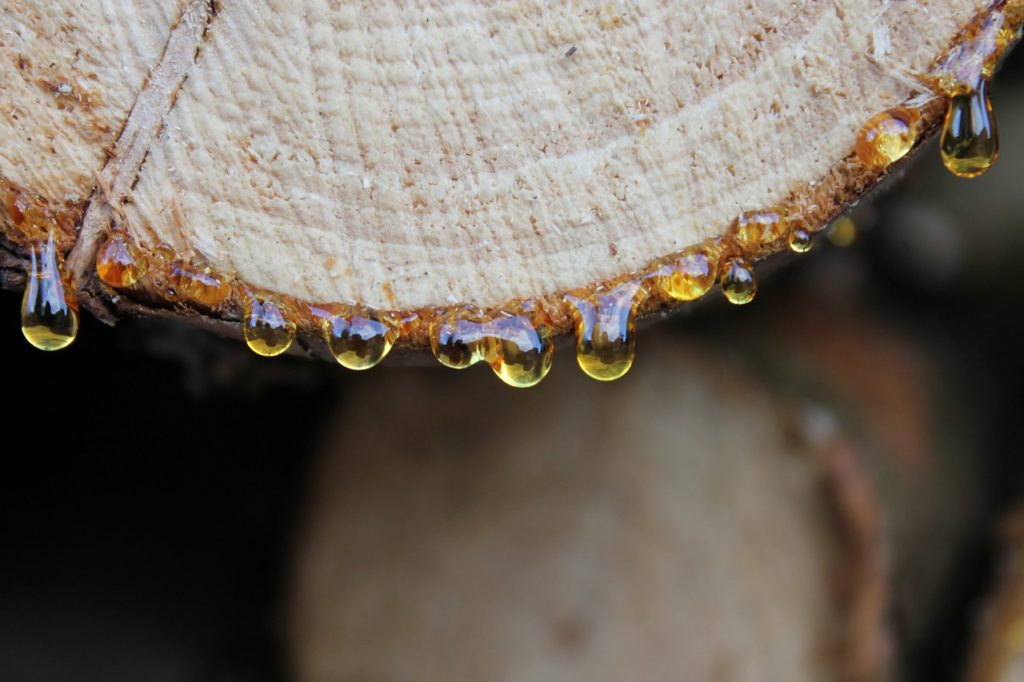Advice
The Difference Between Liquid Plastic And Resin
River tables are often called “resin tables”, because the viscous liquids are made to mimic resin. We use a liquid plastic that people in the industry refer to as “resin”. However, it suits furniture-making better than its namesake. So what makes what we use in our river tables different from “true” resin? Only the characteristics that make it better!
The Technical Difference

There’s a key difference between a natural resin and a synthetic one. Natural resin is actually a sticky substance that plants secrete, a thick liquid trees use for healing and protection. Natural resin hardens into a beautiful, translucent substance. It is very difficult and very expensive to get enough for a furniture project. Some synthetic resins have been formulated to mimic the natural stuff. However, you’ll see this used more in jewelry making.
“Resin” is a catch-all term that describes any synthetically-made viscous liquids that harden into a plastic surface. You’ll often see them referred to as epoxy resins, and they come in a number of different types and forms. One type is known as thermosetting resin, and it mimics natural resin’s liquidity and solidity without the weaknesses.
Thermosetting resins are a class of liquid plastics. Various ploymers, such as nylon and polyeurethanes make up thermosetting resins. They retain their structure after they solidify. Rustix uses this type of liquid plastic to make our waterfall tables, and we definitely couldn’t do it without this kind of plastic. This material is strong, versatile, and safe for outdoor use – plus, we can actually source enough of it for our projects!
Why Use Liquid Plastic?

“Resin”, then, means a lot of different things in furniture making. We can’t use natural resin, because other than the rarity of the substance, epoxy resin or liquid plastic is much more usable for furniture. Some resins made to mimic natural resin are not useful, either. As they dry, air pockets form in the sheet that don’t release until the plastic has set, causing imperfections in the surface. We prevent this from happening by making a thermosetting resin.
We use a high-performance liquid plastic in our river tables, formulated to have a long cure time and a low heat buildup, allowing any bubbles that form to escape before it solidifies too much. It also has a semi-flexible hardness that will not crack or damage the glass or wood surrounding it. These features guarantee a smooth surface once it has dried, making it the best option for furniture.
This kind of plastic is the material of choice for furniture-makers everywhere, but you can feel good using furniture with liquid plastic we use. We have made sure that what’s going into our river tables, like what goes into all our furniture finishes, doesn’t leach toxic chemicals, doesn’t contain formaldehyde, and will dry into a perfect finish!

